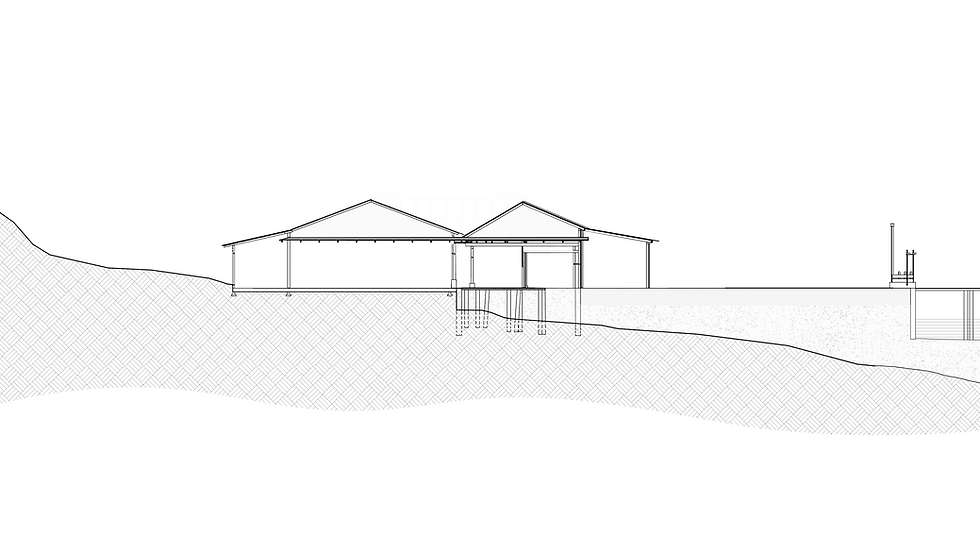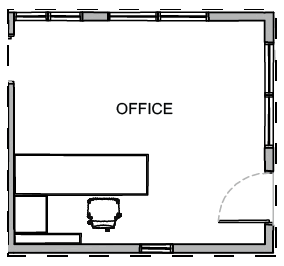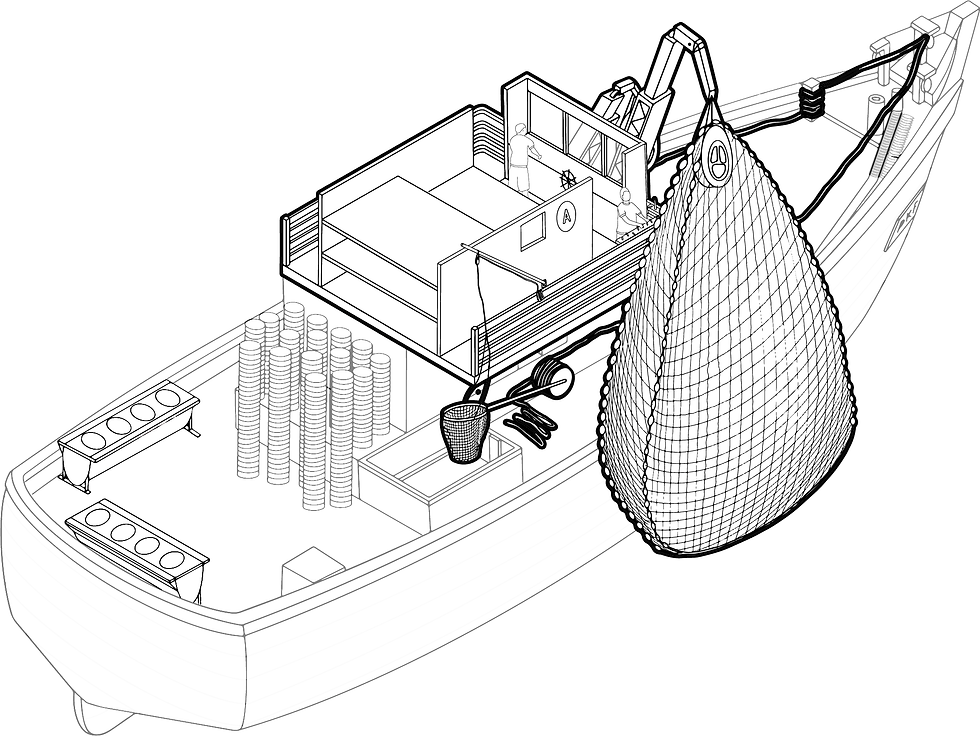Teaching & Learning Engagement in Architecture & Interior Architecture Programs
School of Architecture & Built Environment, UCSI University



Deep within the anchovy factory lies a hidden treasure trove, waiting to be discovered. Amid the machines and time-worn archives, the echoes of bygone days resonate, with each dried fish serving as a window into the ancient fishing industry's wisdom. The factory is more than a place for producing dried fish; it is a living history book that chronicles the evolution of family livelihoods and community culture. Every old machine and yellowed record tells a vivid story. The transition from artisanal workshops to modern production methods showcases the ingenuity and hard work of generations. This anchovy factory not only preserves traditional production techniques but also incorporates modern technology, making it a living museum that highlights the blend of history and contemporary practices. The factory stands as a tribute to history and a guardian of tradition, quietly awaiting the curious and the reverent to uncover its hidden treasures and hear its stories.




Anchovies Factory: Where are the commotion happends, from each process of drying, sorting and trading can be witness by the visitor.
Pelantar: The outer part of the factory, streching out to the sea. Where the fishnets are laid out and anchovies are set to dry under the scorching sun. Piering out to the docks where the boat rests as well as the worker's quaters Worker's Quaters:

When dusk arises, the boat are already off for their catch, The factory begins it's daily routine bringing the factory to life. Where workers spreading fishing nets for anchovies to be dried, switching on the bustling sorting machine for the fish to be sort to it's sizes, and welcoming regulars, locals, and tourists to trade and experince with it's treasures. A continous dance that grace within the island of Pangkor.
.jpg)



















Provided accommodation for employees
Control center for managing electricity and water connections
The main workspace encompasses both machine sorting and manual sorting processes
Area for packaging and preparing anchovies before transportation
A place where various anchovies and other fish are stored
All the machines for making fish balls are located here
The fish cutting area with drainage for blood and water
A simple kitchen is provided for workers to take their lunch breaks
Area for processing anchovies and storage room
The boss's primary workspace
Area for storing tools
Area for dry storage
Database for the anchovy factory
Area for dry storage
Area for storing tools
A place where various anchovies and other fish are stored
A place where various anchovies and other fish are stored



The captain's control room, is responsible for steering the vessel and operating the radar


A storage area for tools and a control station for the fishing clamp
A temporary storage area for cooked anchovies



The primary workspace for the crew, where they cook fish, rest, weave nets, and make repairs

Spatial requirements and needs are always being influenced and evolved due to the Anchovy Process. As we dive into another layer of detail we hope to create an awareness and understanding towards it's processes.




